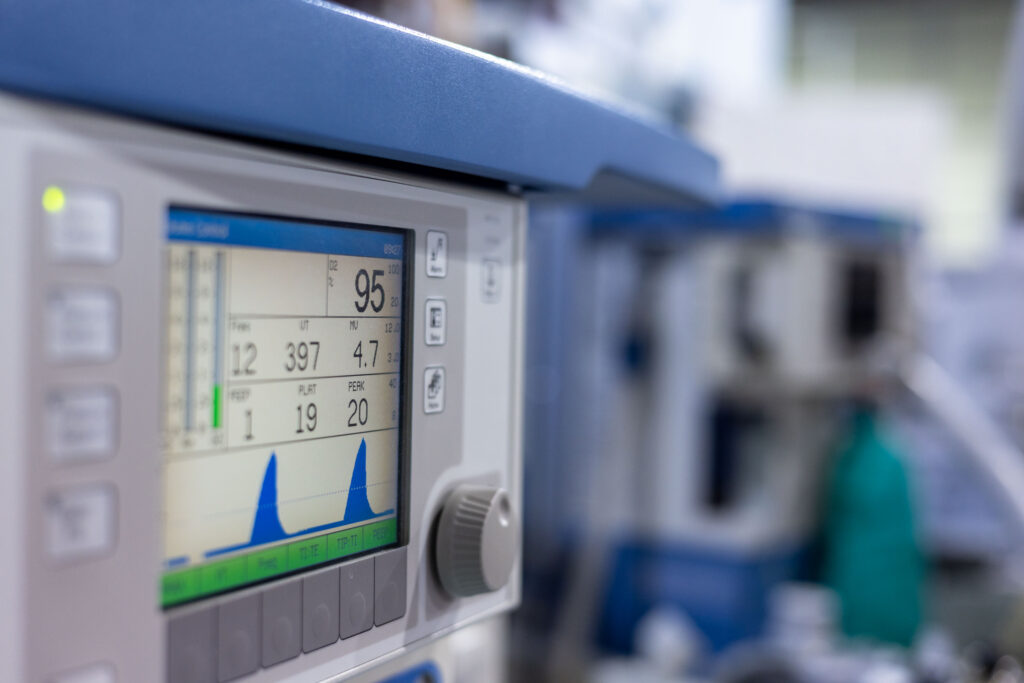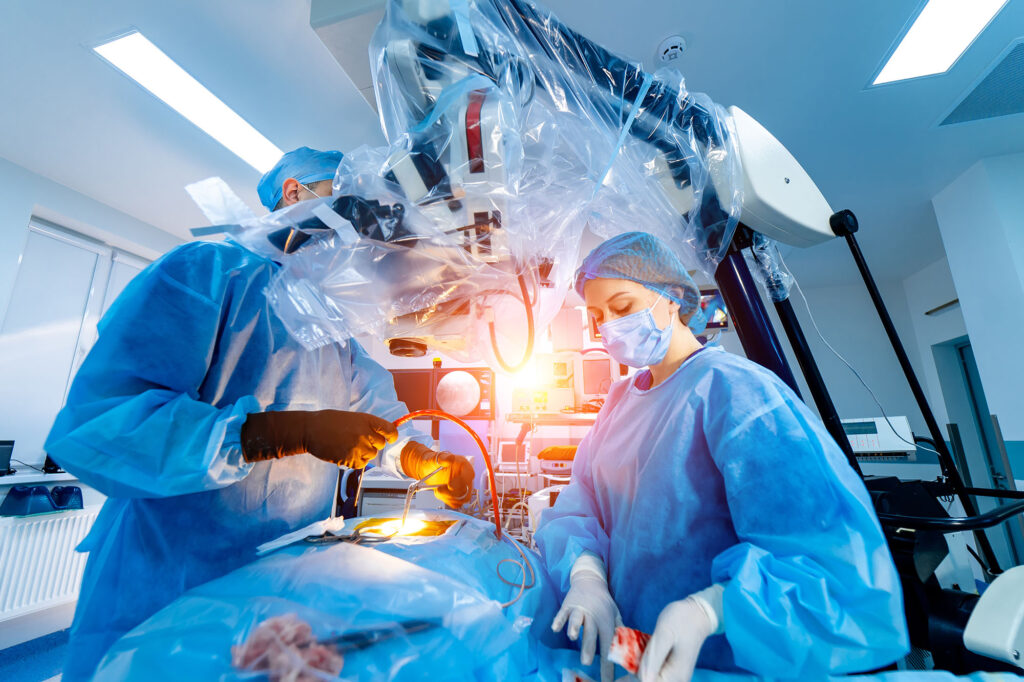A Closer Look at Important Anesthesia Machine Parts
Did you know that, according to Science Direct, anesthetic machines first appeared after Morton publicly demonstrated them in 1846? Back then, these were simple inhalers and they used the anesthetic agent’s evaporation to work.
Since this time, anesthesia machines have become more complex.
If you’re someone who runs an aesthetic practice or another type of practice where you use anesthesia machines, you might be wondering about what anesthesia machine parts are and how they work together.
Not knowing this can be quite stressful, as knowing the parts of an anesthesia machine is important when it comes to operating or fixing it.
Fortunately, in this article, we’ll review the important anesthesia machine parts and how they work together. Finally, you can understand this type of surgical equipment in depth. Read on to learn more.
The Three Main Anesthesia Machine Parts
There are three main parts that make up an anesthesia machine. The first of these is the high-pressure system. This system receives the gases at their cylinder pressure, then reduces it as well as makes it more constant.
The second is the intermediate pressure system. This part of the machine receives the gases. These gases come from the hospital pipeline or regulator.
This part of the machine then sends the gases to the O2 flush valve or flow meters.
The third part is the low-pressure system. This part of the machine takes the gases that come from the flow meters. It takes these gases to the outlet of the machine. Additionally, this part contains the vaporizers.
This high-pressure system is made up of many different parts. These include the pressure regulator, cylinder pressure gauge, yoke block, and hanger yoke. All these pieces work together to complete the process we just reviewed.
Parts on the Micro Level
Now that we’ve reviewed what parts make up an anesthesia machine on a larger level, we’ll review specific parts of one of these machines. These parts include the oxygen source, vaporizer, oxygen flowmeter, and more.
Oxygen Source
When you look at an anesthesia machine diagram, you’ll notice that one of the most important parts is the oxygen source. When patients are under, they will need help being able to breathe. This is where the oxygen source plays an important part.
The type of oxygen source might come in a different form depending on where the surgery is occurring.
For example, there might be pressurized airlines that are running in the surgery room. Another option is that there might be pressurized air tanks from which you get the oxygen.
Vaporizer
For the patient to be able to inhale the anesthesia, it needs to exist in vapor form. For this reason, one of the main parts of the anesthesia machine is the vaporizer. This part will take the anesthesia in liquid form and turn it into anesthesia vapor.
Oxygen Flowmeter
We’ve already mentioned that an oxygen source is an important part of an anesthesia machine. But for the oxygen to flow properly, an oxygen flowmeter is necessary. This part of the machine keeps the oxygen flow at a point that’s set.
This is because keeping the oxygen airflow at a consistent level is important.
This part of the machine usually includes proportional control valves that are electric. These valves keep the flow of oxygen consistent.
Scavenging System
Another part of an anesthesia machine is the scavenging system. This is an important part of the machine that protects those who are breathing in the air within the room (as opposed to the patient, who is breathing in what is supplied to them).
The scavenging system removes gases that come out in excess. This, in turn, prevents the excess gases from contaminating the atmosphere immediately around the anesthesia machine.
As a result, the other people who are in the room won’t be affected by any excess gases.
Patient Breathing Circuit
The patient breathing circuit is the part of the anesthesia machine that someone uses to deliver the anesthetic to the patient. Usually, this is a combination of two different parts. One of these is the face mask part, while the other part is the hose part.
This part of the anesthesia machine will fit over the mouth and nose of the patient.
As a result, it’s possible for the patient to receive the gases that they’re supposed to while the anesthesia is being given to them through the machine.
Hands-up Display
Another part of an anesthesia machine is the hands-up display. This is a monitor that’s attached to the machine. With it, technicians and doctors are able to track the gases as they flow. This makes it possible for them to ensure the gases are flowing properly and consistently.
If there are any flow fluctuations, these will appear on the hands-up display’s screen. As a result, the technician or doctor working the machine will receive the alert.
Need More Information?
Now that you’ve learned about anesthesia machine parts, you might want more information. For example, maybe you want to learn about the different parts of a portable anesthesia machine. Or maybe you want to learn about the parts of other types of medical equipment.
Whatever information you need, we can help. At Heartland Medical Sales & Services, LLC, we’re experts when it comes to medical equipment.
To learn more about anesthesia machine parts or services, fill out the form below today.
"*" indicates required fields




